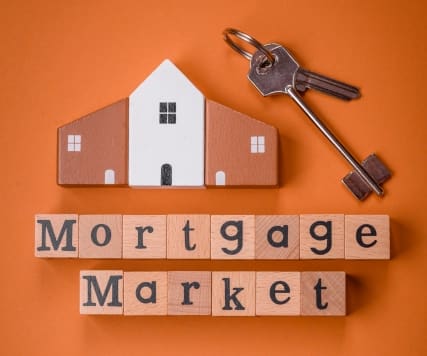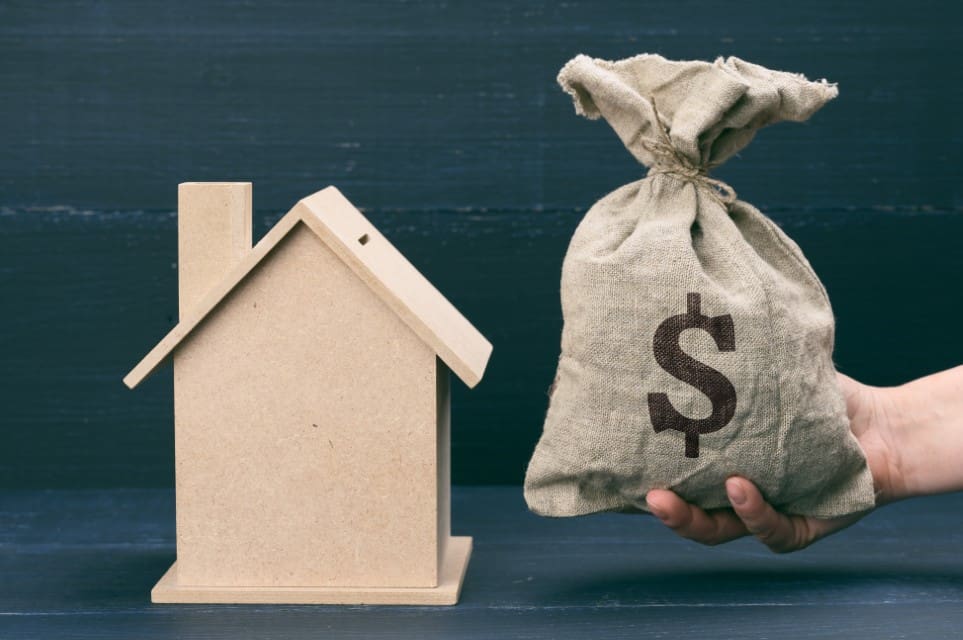The landscape of mortgage options is evolving as interest rates climb to new heights. Homebuyers are now faced with a critical decision: opting for a fixed-rate mortgage that offers stability or an adjustable-rate mortgage (ARM) that initially offers lower rates but carries the risk of future adjustments. Each option has its own set of advantages and challenges, making it crucial to understand how these choices align with your financial goals and risk tolerance. This blog post will guide you through the key differences between fixed-rate and adjustable-rate mortgages, helping you make an informed decision in a high-interest-rate environment.
The Stability of Fixed-Rate Mortgages
Fixed-rate mortgages are known for their predictability and stability, providing homeowners with a consistent monthly payment over the life of the loan. This stability is particularly appealing in a high-interest-rate environment, as it protects borrowers from future rate hikes. For those who plan to stay in their homes for an extended period, a fixed-rate mortgage can offer peace of mind and simplify long-term budgeting. However, the trade-off is often a higher initial interest rate compared to adjustable-rate mortgages. It’s essential to weigh this stability against the potential savings that could be realized with an adjustable-rate option.
The Flexibility of Adjustable-Rate Mortgages

Adjustable-rate mortgages, or ARMs, start with a lower interest rate compared to fixed-rate mortgages, which can make them more affordable in the short term. This can be particularly advantageous for borrowers who anticipate moving or refinancing before the initial rate adjustment period ends. ARMs typically feature an initial fixed-rate period—ranging from five to ten years—before the rate adjusts based on market conditions. While this flexibility can lead to significant savings initially, it also introduces the risk of higher payments if interest rates rise. Understanding the terms of your ARM and being prepared for potential rate changes is crucial.
Evaluating Your Financial Situation
Choosing between a fixed-rate and an adjustable-rate mortgage requires a thorough evaluation of your financial situation and future plans. Consider factors such as how long you plan to stay in the home, your ability to handle potential payment increases, and your overall financial stability. High interest rates can amplify the differences between these mortgage types, making it more important than ever to align your choice with your financial goals. Consulting with a financial advisor or mortgage professional can provide personalized insights and help you navigate this decision with confidence.
Making the Right Mortgage Choice

In a high-interest-rate environment, the decision between a fixed-rate and an adjustable-rate mortgage becomes even more significant. Fixed-rate mortgages offer predictability and long-term stability, ideal for those who plan to stay in their homes for many years. On the other hand, adjustable-rate mortgages can offer lower initial payments and flexibility, suited for those who may move or refinance before the rate adjusts. Carefully considering your financial situation, future plans, and risk tolerance will help you make the best choice for your unique circumstances. As always, professional advice can be invaluable in ensuring you make a well-informed decision.
#MortgageRates #FixedRateMortgage #AdjustableRateMortgage #HomeBuyingTips #FinancialPlanning #RealEstate
